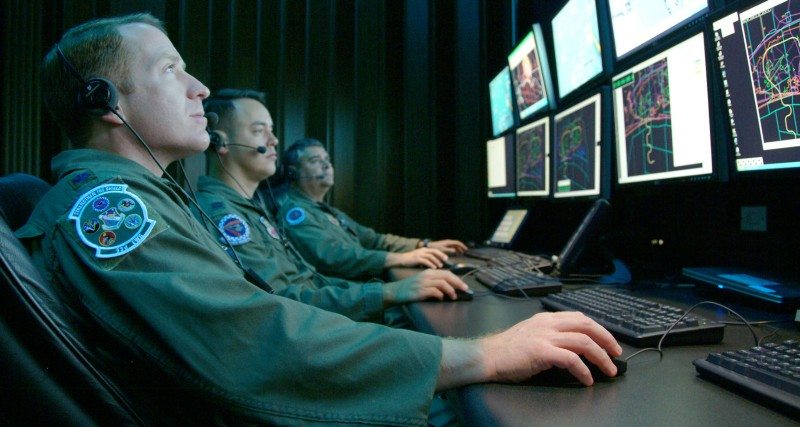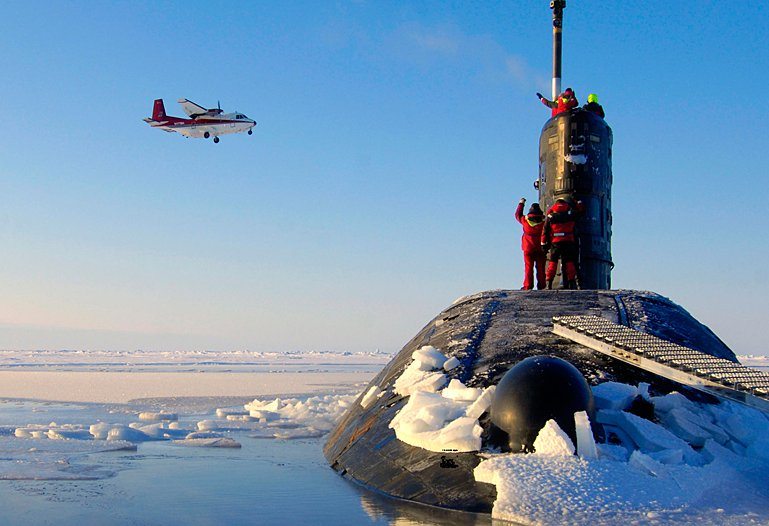The Air Force’s leader in cyberspace operations and support told communications and information career field members here how emerging technology and the information superhighway are changing their roles and providing them with challenges and opportunities.
Lt. Gen. William T. Lord, the Air Force chief of warfighting integration and chief information officer, presented CyberVision 2020, an initiative to transform the communications and information community, during a town hall meeting here Jan. 11 sponsored by Headquarters Air Education and Training Command A6.
Lord called the transition to cyberspace operations and support a “culture shift” from traditional information assurance to mission assurance. He compared the journey of communications and information service members and civilians to a roller coaster ride.
“I used to say that the roller coaster ride was on the incline,” he said. “I think the roller coaster ride you are on, whether you want to be on it or not, is at the top and it’s begun to free fall. What we want to do is shape where we’re going in cyber so that, one, we get there safely; two, that maybe you can enjoy the ride while we’re at it; but three, that the important things we have always done don’t get lost on the ride and at the same time we arrive in a new place.”
A video that preceded Lord’s address and slide show presentation traced the communications and information career field’s evolution from its role in the U.S. Army Signal Corps before World War I to cyberspace today. Now effects can be achieved “on the battlefield with nonkinetic tools” through five core competencies: cyberspace operation, knowledge, cyberspace operation support, warfighting integration and cyberspace governance.
Lord said the Air Force is “at that aspect of cyber between World War I and World War II.”
“We figured out that we can use it for other things,” he said, just as airplanes were later used “for other things than just moving information.”
Lord said the technology that is embraced by young people plays an important role in the Air Force’s cyber mission.
“Great new capability comes from some of those new devices,” he said. “We have to be able to figure out how to deliver that capability. You’ve got to deliver it fast, and we also have to deliver it securely, and sometimes those are in direct confrontation with one another.”
Lord said the tools used in the communications and information career field are already at play in the operational realm — on the flightline, where fiber optics can be found in maintenance bays, and in the aerial battle ground, where sophisticated devices such as the Battlefield Airborne Communications Node employed on airplanes are important to Army ground combat maneuver units.
“We’re going to be at wars that have maybe more capable platforms, but not as many of them,” he said. “You all are part of the community that ties that stuff together, that requires you to know some other skills that perhaps we haven’t paid as much attention to in the past as we go forward in the future.”
Lord said Secretary of Defense Leon Panetta’s recent remarks on the future of the military in an age of budget cuts and manpower reductions underscored the importance of technology and the need to excel in cyberspace.
Cyberspace operations and support are such a priority, he noted, that the field now has its own four-star advocate, Gen. William L. Shelton, Air Force Space Command commander, at Peterson Air Force Base, Colo.
“How cool is it that for the first time ever, we have a four-star operator who is the champion of this business?” he said.
Lord said the cyber mission faces challenges as the Air Force “gets a little smaller in the future.”
“You have an environment where we have to tie innovation together that we never thought about how to do in the past or modernize that which hasn’t been modernized for 30 or 40 years,” he said.
The initial steps in the transformation are being taken by the air staff and the Air Force Space Command, Lord said.
“There’s a couple of hundred action items that are being assigned, and that work is being staffed now to get after how we get from where we were to where we’re going,” he said.
Lord, who also answered questions from the audience, said communications and information professionals will need the “three C’s: courage, competence and creativity.” He urged them to innovate, a “wonderful mantra” from Air Education and Training Command.
“You are figuring out the mechanism by which we train all our replacements,” he said. “And it’s one of the strengths of our Air Force. There are no dumb ideas. The only dumb idea is the one that wasn’t expressed.”











